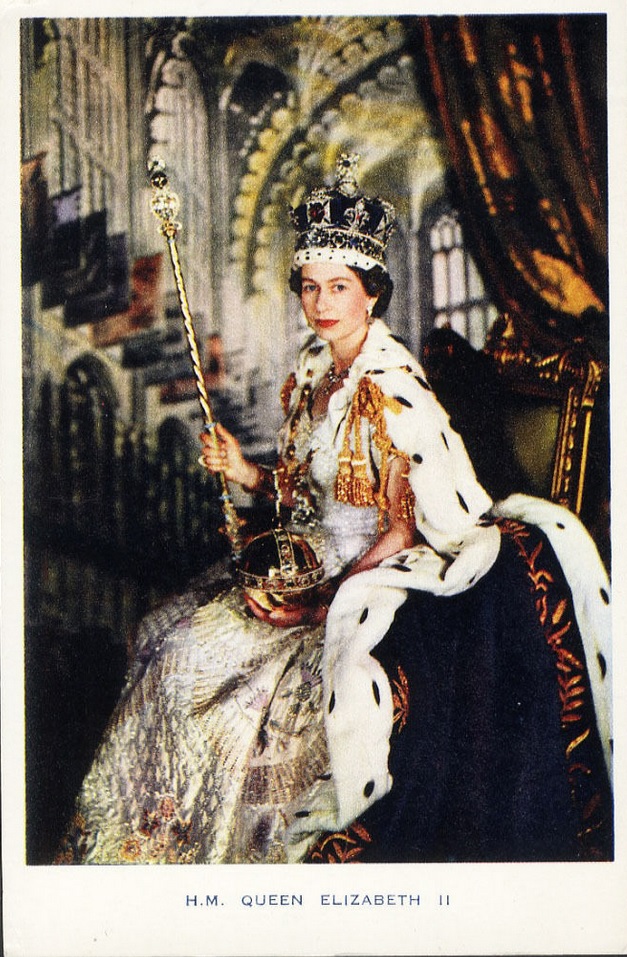George “Burt” Martin
Earning Your Living in
the British Empire
Around the world people work in different ways and many of those jobs are illustrated on postcards. In America, most work is done to preserve the capitalistic lifestyle that so many of us like. If you pursue your way of paying for yourself to live in the British Empire you do it for God, King, and Country. A card collection of people-at-work can be a true challenge and very educational and entertaining. You literally get to see how “the other half” lives.
This collection of workers in the British Empire was assembled before the Empire was known as the Commonwealth of Nations. Back when the Empire spanned the globe from the eastern Atlantic to the western Pacific, as well as from Cape Columbia to South Georgia Island. The kinds of jobs the subjects of the Empire did ranged from one-of-a-kind jobs to gangs of workers doing the same thing. There are twelve postcards of people “earning” their life. A close examination will reveal some surprises:
… in the card of the Scotch girls gutting fish, find their boss staring over their work.
… in the early part of the 20th century, “Londoners” who during the week worked in shops and factories, would catch-a-ride to Sussex to earn a few extra “bob” working in the hops fields as pickers. Every 12 pennies helped. See the young boy off to the right.
… notice the caption “18 and 80.” In the war years, if you were ineligible for the military, you worked on the “home-front.” At the bomb factory, an 18 year old teen works next to an 80 year old senior.
… Her Majesty Elizabeth II. Truly a one of a kind job.
… in the Welsh coalmines, the youngest and the strongest of the miners were set to the “posting chores.” A “poster” had to swing a ten-pound mallet and had to know when a post was plumb. The safety of everyone depended on how well these men did their job. It was hard, dirty, and dangerous work.
… if you trained to operate a lace machine and earned the right to run one, you were a prized worker. Making lace in the Ayrshire of western Scotland paid well.
… tightly woven silk fabric, paper, canvas, bamboo, superfine wire and waterproof paints – the components of parasols and umbrellas – were in great quantity in southeast Asia. The finely-crafted brollies were shipped from Hong Kong to England several times each year and sold in Selfridge’s and similar department stores.
… being a pavement artist in London was a profession sought by many but achieved by few. Your wage depended on the generosity of passers-by and the weather. It was a true “know-your-audience” occupation.
… the street cobbler was the grandfather of the pavement artist. He could work at any street-corner or anywhere he found a customer. A new heel, a new sole, a fresh lace, wax and buff – all services the same price – a tuppence each.
… the Royal Mint, a wholly owned government business was founded in 886 and functioned in the Tower of London until the 1960s. Melting gold at the mint may seem like an interesting job, but only if you like being in a furnace room at temperatures over one-hundred degrees and weighing and toting tons of gold to the coin-blank cutters.
… when the British left India after 124 years of occupation, many wondered who would buy the milk. The Dudhwallas or Milkmen served their British landlords with fresh milk for baking and cooking. Entire families would live on the few shillings a week earned by selling the milk from the family cow.
Occupations worked by subjects of the Queen around the globe remind us that the sun never set on the British Empire.












We are reminded of hard work for a day’s pay, all documented on postcards. How times have changed, at least on the use of postcards.
Fascinating look at a bygone era in which life was more, as Thomas Hobbes wrote in Leviathan, “nasty, poor, brutish, and short.”
Enjoyed this fine article. I am always interested in learning more about Great Britain and the Empire, and so interesting to think and learn about various professions, on the sidewalks and on the next street over. Thank you very much.
I love this outfit. Every time I bother to read the posts, I come away informed and entertained. Such a low key delightful group that assembles these stories. thanks!